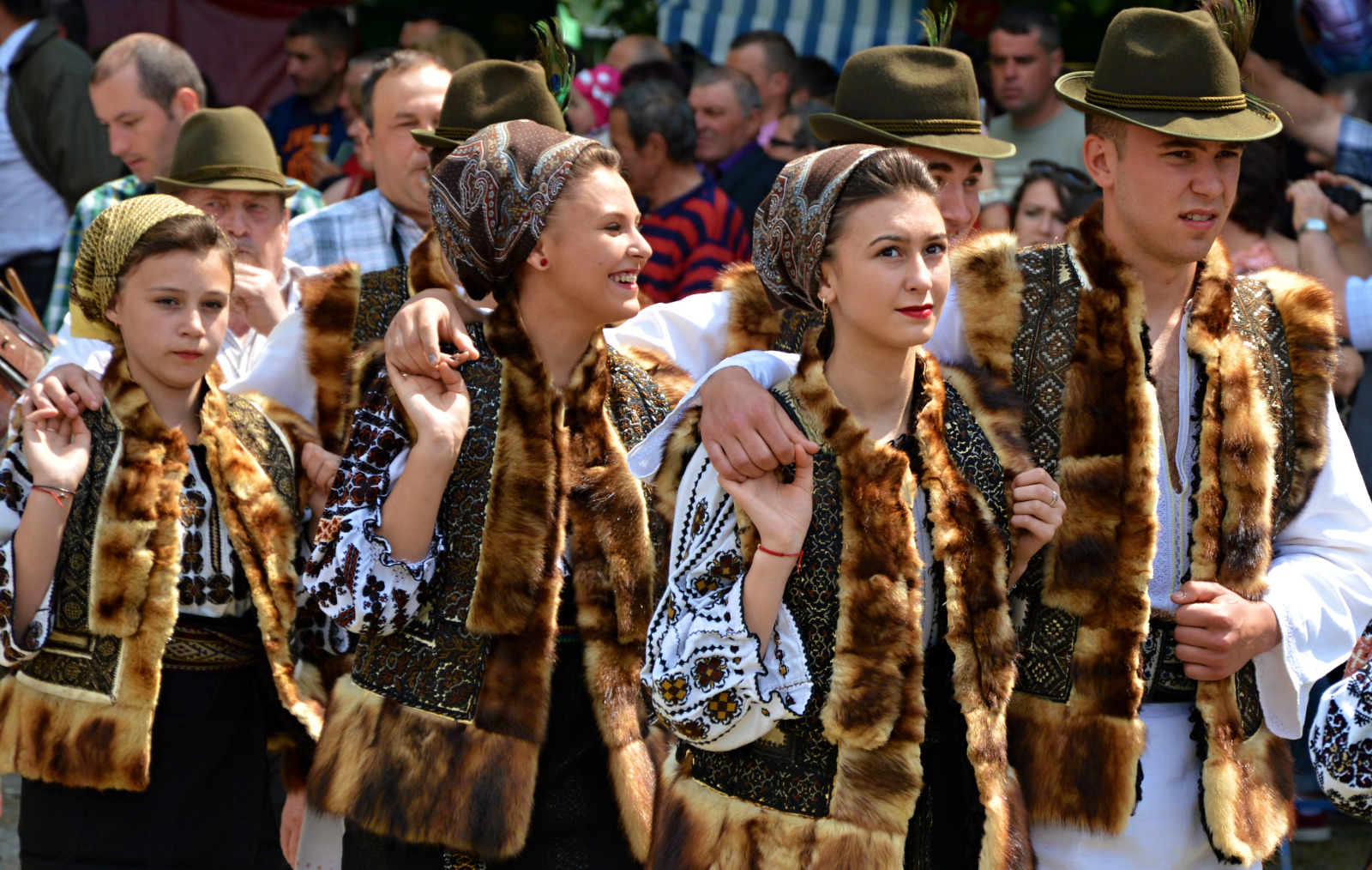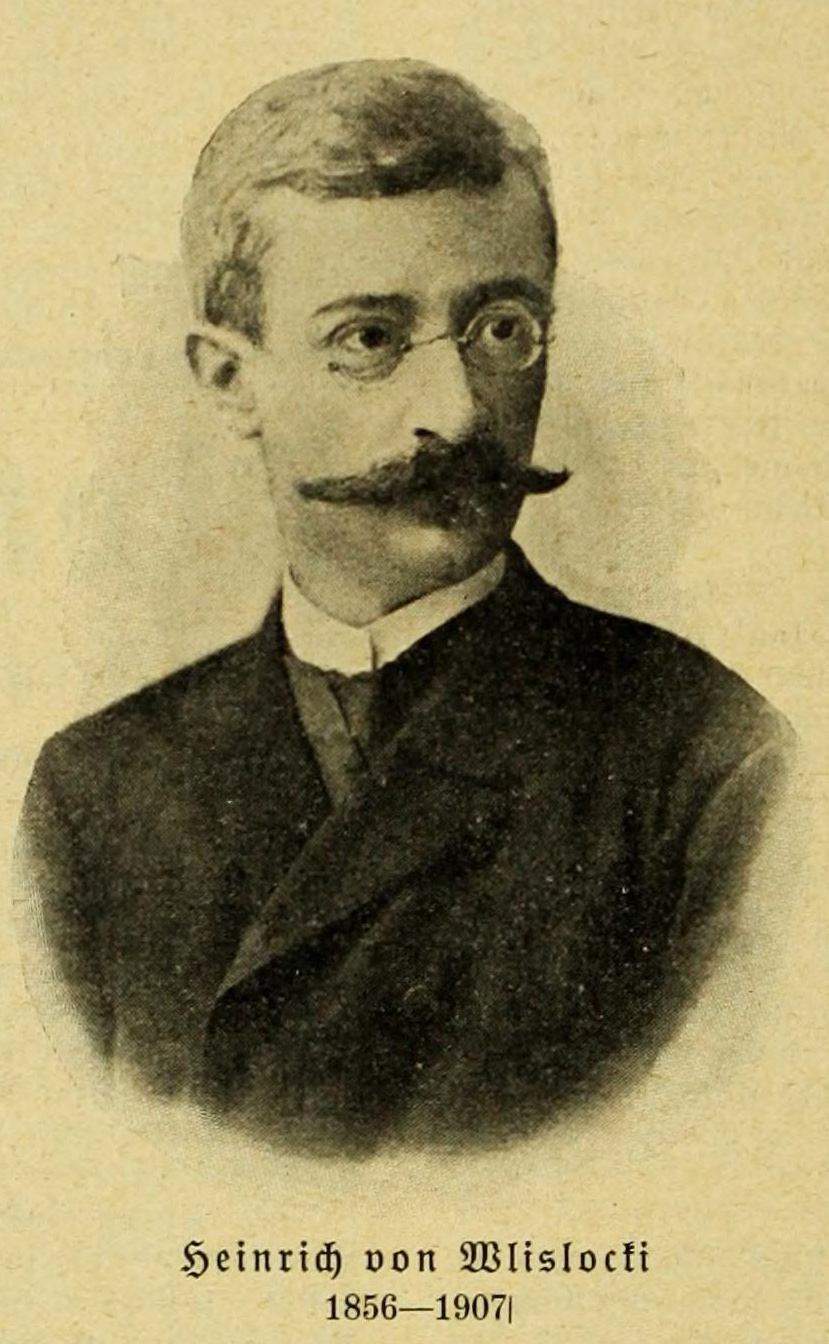|
Trandafiru
Trandafiru is a Romanian fairy tale collected by Arthur Carl Victor Schott and Albert Schott in the mid-19th century and sourced from Banat. It is related to the international cycle of the '' Animal as Bridegroom'' or ''The Search for the Lost Husband'', albeit with a gourd instead of a snake as the form of the enchanted husband. Another Romanian tale of the same classification is '' The Enchanted Pig'', wherein the animal husband is a pig. Summary A man has a gourd for a son, who is a vegetable by day and man by night, named Trandafiru. One day, the gourd asks his parents to go and ask for the hand of the emperor's daughter. Worried about the reaction of the emperor when they see a pumpkin, the gourd son assuages their fears and becomes a man when night falls, so he can meet the princess. And so it happens: the emperor's daughter marries him and lives with him, despite him being a gourd by day and a man by night. One day, the princess's mother visits her daughter and, despising ... [...More Info...] [...Related Items...] OR: [Wikipedia] [Google] [Baidu] |
Romanian Folklore
The folklore of Romania is the collection of traditions of the Romanians. A feature of Romanian culture is the special relationship between folklore and the learned culture, determined by two factors. First, the rural character of the Romanian communities resulted in an exceptionally vital and creative traditional culture. Folk creations (the best known is the ballad Miorița) were the main literary genre until the 18th century. They were both a source of inspiration for cultivated creators and a structural model. Second, for a long time learned culture was governed by official and social commands and developed around courts of princes and boyars, as well as in monasteries. Overview Creation of the world Stories suggest God made the earth with the help of animals, while the Devil was trying to thwart his plans.Cosma, Aurel. ''Cosmogonia poporului român'' (The Cosmogony of the Romanian People) (1942). Bucharest: Tipografia Ziarului "Universul".Leeming, David Adams. ''Creation ... [...More Info...] [...Related Items...] OR: [Wikipedia] [Google] [Baidu] |
Animal As Bridegroom
In folkloristics, "The Animal as Bridegroom" refers to a group of folk and fairy tales about a human woman marrying or being betrothed to an animal. The animal is revealed to be a human prince in disguise or under a curse. Most of these tales are grouped in the international system of Aarne-Thompson-Uther Index under type ATU 425, "The Search for the Lost Husband". Some subtypes exist in the international classification as independent stories, but they sometimes don't adhere to a fixed typing. Overview As consequence of the surge in folktale collecting and the beginnings of folkloristics as a discipline in the 19th century, scholars and folktale collectors compared many versions of "The Animal as Bridegroom" to the tale of Cupid and Psyche. Folklore scholar Stith Thompson clarified that the animal bridegroom may have been born due to its parents' wishes, or alternates between human and animal shapes. Some tales have the animal son court a princess, but her father demands a bri ... [...More Info...] [...Related Items...] OR: [Wikipedia] [Google] [Baidu] |
Vidin
Vidin ( bg, Видин, ; Old Romanian: Diiu) is a port city on the southern bank of the Danube in north-western Bulgaria. It is close to the borders with Romania and Serbia, and is also the administrative centre of Vidin Province, as well as of the Metropolitan of Vidin (since 870). An agricultural and trade centre, Vidin has a fertile hinterland renowned for its wines. Name The name is archaically spelled as ''Widdin'' in English. Old name ''Dunonia'' itself meant "fortified hill" in Celtic with the typically ''dun'' found frequently in Celtic place names. Geography Vidin is the westernmost important Bulgarian Danube port and is situated on one of the southernmost sections of the river. The New Europe Bridge, completed in 2013, connects Vidin to the Romanian town of Calafat on the opposite bank of the Danube. Previously, a ferry located from the town was in use for that purpose. History Vidin emerged at the place of an old Celtic settlement known as ''Dunonia''. The ... [...More Info...] [...Related Items...] OR: [Wikipedia] [Google] [Baidu] |
Romanian Fairy Tales
Romanian may refer to: *anything of, from, or related to the country and nation of Romania ** Romanians, an ethnic group ** Romanian language, a Romance language ***Romanian dialects, variants of the Romanian language **Romanian cuisine, traditional foods **Romanian folklore *Romanian (stage), a stage in the Paratethys The Paratethys sea, Paratethys ocean, Paratethys realm or just Paratethys was a large shallow inland sea that stretched from the region north of the Alps over Central Europe to the Aral Sea in Central Asia. Paratethys was peculiar due to its pa ... stratigraphy of Central and Eastern Europe *'' The Romanian'' newspaper *'' The Romanian: Story of an Obsession'', a 2004 novel by Bruce Benderson * * {{disambiguation Language and nationality disambiguation pages ... [...More Info...] [...Related Items...] OR: [Wikipedia] [Google] [Baidu] |
Romani Language
Romani (; also Romany, Romanes , Roma; rom, rromani ćhib, links=no) is an Indo-Aryan macrolanguage of the Romani communities. According to '' Ethnologue'', seven varieties of Romani are divergent enough to be considered languages of their own. The largest of these are Vlax Romani (about 500,000 speakers), Balkan Romani (600,000), and Sinte Romani (300,000). Some Romani communities speak mixed languages based on the surrounding language with retained Romani-derived vocabulary – these are known by linguists as Para-Romani varieties, rather than dialects of the Romani language itself. The differences between the various varieties can be as large as, for example, the differences between the Slavic languages. Name Speakers of the Romani language usually refer to the language as ' "the Romani language" or '' (adverb)'' "in a Rom way". This derives from the Romani word ', meaning either "a member of the (Romani) group" or "husband". This is also the origin of the term "Roma ... [...More Info...] [...Related Items...] OR: [Wikipedia] [Google] [Baidu] |
Romani People
The Romani (also spelled Romany or Rromani , ), colloquially known as the Roma, are an Indo-Aryan ethnic group, traditionally nomadic itinerants. They live in Europe and Anatolia, and have diaspora populations located worldwide, with significant concentrations in the Americas. In the English language, the Romani people are widely known by the exonym Gypsies (or Gipsies), which is considered pejorative by many Romani people due to its connotations of illegality and irregularity as well as its historical use as a racial slur. For versions (some of which are cognates) of the word in many other languages (e.g., , , it, zingaro, , and ) this perception is either very small or non-existent. At the first World Romani Congress in 1971, its attendees unanimously voted to reject the use of all exonyms for the Romani people, including ''Gypsy'', due to their aforementioned negative and stereotypical connotations. Linguistic and genetic evidence suggests that the Roma originated ... [...More Info...] [...Related Items...] OR: [Wikipedia] [Google] [Baidu] |
Heinrich Von Wlislocki
Heinrich Adalbert von Wlislocki ( Hungarian: ''Wlislocki Henrik''; born 9 July 1856 in Kronstadt; died 19 February 1907 in Klosdorf bei Kleinkopisch, now in Șona) was a Transylvanian linguist and folklorist. The son of an ethnically Polish Austro-Hungarian Imperial tax collector and a Transylvanian Saxon, he attended the venerable Johannes Honterus Gymnasium (school) in Kronstadt and then the recently founded University of Klausenburg (later Franz Joseph University) from 1875 to 1879. In 1879 he earned his doctorate with a dissertation on Eddic poetry, ''Hapax Legomena im Atlamál'', which was published in ''Acta Comparationis Litterarum Universarum,'' a journal edited by his academic advisors, Hugo Meltzl and Sámuel Brassai. After the death of his father, he worked in humble circumstances as a private tutor. From 1883 to 1890 he lived in Mühlbach (Sebeș). In his specialty, Romani studies, he pursued an extensive literary collection effort and engaged in field studies wi ... [...More Info...] [...Related Items...] OR: [Wikipedia] [Google] [Baidu] |
Moldova
Moldova ( , ; ), officially the Republic of Moldova ( ro, Republica Moldova), is a Landlocked country, landlocked country in Eastern Europe. It is bordered by Romania to the west and Ukraine to the north, east, and south. The List of states with limited recognition, unrecognised state of Transnistria lies across the Dniester river on the country's eastern border with Ukraine. Moldova's Capital city, capital and largest city is Chișinău. Most of Moldovan territory was a part of the Principality of Moldavia from the 14th century until 1812, when it was Treaty of Bucharest (1812), ceded to the Russian Empire by the Ottoman Empire (to which Moldavia was a Vassal state of the Ottoman Empire, vassal state) and became known as Bessarabia. In 1856, southern Bessarabia was returned to Moldavia, which three years later united with Wallachia to form United Principalities, Romania, but Russian rule was restored over the whole of the region in 1878. During the 1917 Russian Revolution, B ... [...More Info...] [...Related Items...] OR: [Wikipedia] [Google] [Baidu] |
Gazeta De Transilvania
''Gazeta de Transilvania'' was the first Romanian-language newspaper to be published in Transylvania. It was founded by George Bariț in 1838 in Brașov. It played a very important role in the awakening of the Romanian national conscience in Transylvania, and sowed the seeds for the revolution of 1848. Bibliography * Academia Republicii Populare Romîne, Dicţionar Enciclopedic Romîn, Editura Politică, București, 1962–1964. External links Digitized Gazeta de Transilvania (1838-1852)at '' Lucian Blaga Central University Library'' of Cluj-Napoca, Romania Romania ( ; ro, România ) is a country located at the crossroads of Central Europe, Central, Eastern Europe, Eastern, and Southeast Europe, Southeastern Europe. It borders Bulgaria to the south, Ukraine to the north, Hungary to the west, S ... About Gazeta de Transilvania (Romanian)at Lucian Blaga Central University Library, Cluj-Napoca, Romania {{DEFAULTSORT:Gazeta De Transilvania Romanian-language newspapers ... [...More Info...] [...Related Items...] OR: [Wikipedia] [Google] [Baidu] |
Lazăr Șăineanu
Lazăr Șăineanu (, also spelled Șeineanu, born Eliezer Schein;Leopold, p.383, 417 Francisized Lazare Sainéan, , Alexandru Mușina"Țara turcită", in ''România Literară'', Nr. 19/2003 or Sainéanu; April 23, 1859 – May 11, 1934) was a Romanian-born philologist, linguist, folklorist and cultural historian. A specialist in Oriental and Romance studies, as well as a Germanist, he was primarily known for his contribution to Yiddish and Romanian philology, his work in evolutionary linguistics, and his activity as a literary and philological comparatist. Șăineanu also had innovative contributions to the investigation and anthologizing of Romanian folklore, placed in relation to Balkan and East Central European traditions, as well as to the historical evolution of Romanian in a larger Balkan context, and was a celebrated early contributor to Romanian lexicography. His main initiatives in these fields are a large corpus of collected fairy tales and the 1896 ''Dicționarul un ... [...More Info...] [...Related Items...] OR: [Wikipedia] [Google] [Baidu] |
Zmeu
The ''Zmeu'' (plural: ''zmei'', feminine: ''zmeoaică'' / ''zmeoaice'') is a fantastic creature of Romanian folklore and Romanian mythology. Though referred by some sources as a dragon, the zmeu is nevertheless distinct, because it usually has clear anthropomorphic traits: it is humanoid and has legs, arms, the ability to create and use artifacts such as weapons, and to ride a horse, and has the desire to marry young girls. There are commentators that class it as a giant (equivalent of an ogre), or a devil, or even a vampire. In some stories, Zmeu appears in the sky and spits fire, or has the ability to change form. In other stories, it has a magical precious stone on its head that shines like the sun. It likes beautiful young girls, whom it kidnaps, usually for the purpose of marrying them. It is almost always defeated by a daring prince or knight-errant. The zmei has also been conflated with or confused with the ''dracu'' or with the ''balaur'' type dragon. Etymology Most ... [...More Info...] [...Related Items...] OR: [Wikipedia] [Google] [Baidu] |




